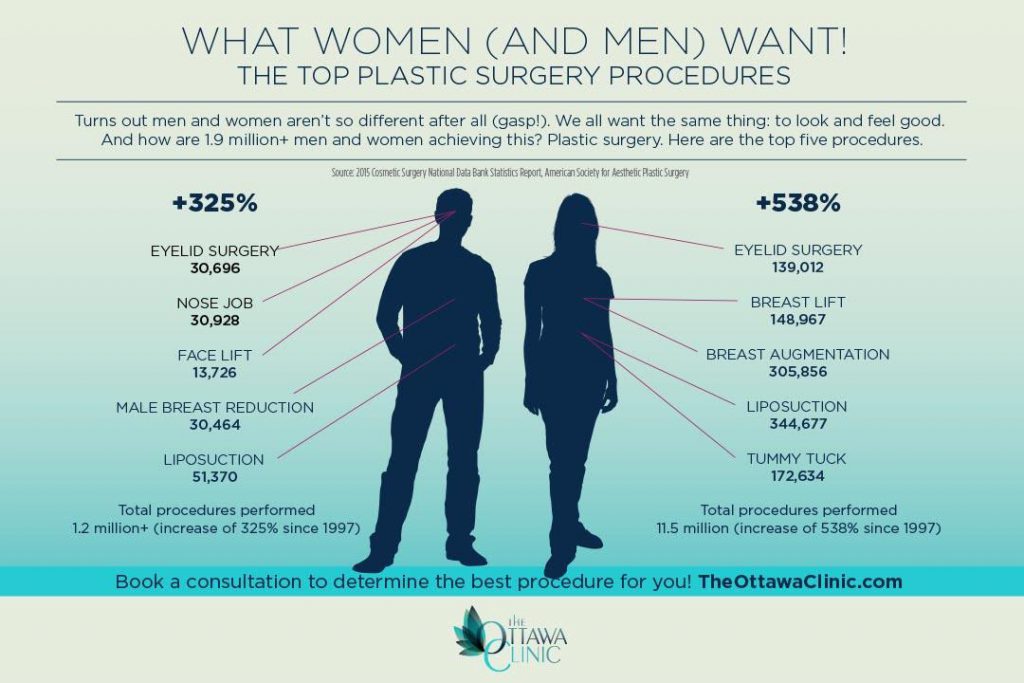What Are Ultrasonic Spatulas For Acne
What Are Ultrasonic Spatulas For Acne
Blog Article
Reasons for Acne on Cheeks
Acne breakouts in the cheek location are activated by several points, from touching your face often to not transforming your pillow case frequently enough. Picking at blemishes raises your threat of infection and scarring, and specific medications can worsen dark areas (postinflammatory hyperpigmentation).
Thankfully, there are numerous methods to stop and deal with cheek acne. These include:
1. Hormone Modifications
Acne is mainly triggered by hormones, particularly those produced throughout puberty and maternity. For some, a family history of acne may additionally contribute to their problem. Anything that clogs pores, such as oil-based skin treatment products or ceraceous hair items, can set off acne. Numerous topical treatments, like benzoyl peroxide and salicylic acid, can fight germs and unclog pores. Those with severe or chronic acne must seek therapy from their doctor.
Avoid touching or squeezing your acne, as this can press a few of the bacteria deeper right into the skin, resulting in a much more severe outbreak. It is additionally crucial to change pillow cases regularly and utilize tidy make-up brushes. You should also attempt to avoid irritants such as rubbing from wearing a headgear or tight collar.
2. Diet
The oily, sweet foods that many people think trigger acne may really refrain so. Actually, research studies have actually revealed that consuming a diet rich in whole, nutrient-dense foods aids to stop breakouts.
Foods high in the glycemic index (such as white bread, corn flakes, blew rice and potatoes, doughnuts and other pastries) raise blood sugar degrees swiftly, and this can boost hormonal agents that improve oil manufacturing and bring about acne.
Consuming alcohol cow's milk has actually additionally been connected to raised acne outbreaks. If you are a normal cow's milk enthusiast, you could want to try changing to low-fat or nondairy choices that are strengthened with calcium. Furthermore, consuming more water can aid to lower acne since it aids to keep the skin hydrated.
3. Excess Oil
While oil is essential for healthy skin, it can end up being a trouble when too much sebum blends with dead skin cells and blocks pores. This mix can develop blackheads, whiteheads and pimples. The obstructed pore wall can break down and spill bacteria, dead skin cells and sebum into bordering skin. This leads to a red bump known as an acne. In some cases these red bumps have pus in the center from a microbial infection. Larger contaminated bumps that resemble acne are called cysts.
There are numerous points that can trigger excess sebum and clogged pores, consisting skin labs of hormonal agent fluctuations, diet plan and daily behaviors. Some examples consist of touching the face frequently, relaxing your hand on your cheek, utilizing unclean make-up brushes and not changing pillow cases frequently.
4. Stress
If you're managing pain pimples or a variety of blackheads and whiteheads, it may be time to talk with a skin doctor. They can advise an efficient therapy that fits your skin kind. Practicing leisure and stress-reduction techniques additionally helps.
Acne can take place in the cheeks due to rubbing and pressure, such as when an individual touches their face regularly or uses a hat or sporting activities helmet that scrubs versus the skin. It can also show up where greasy cosmetics and lotions massage against the skin.
Prevent pressing acne, as this can push contaminated product deeper into the skin and cause scarring. Rather, see a doctor to learn more about preventative treatments like medicine, skin treatment products and way of life adjustments. Eating a healthy diet regimen of entire foods, getting seven to 9 hours of rest and using noncomedogenic makeup and skincare products can all help in reducing acne outbreaks.
5. Hair Products
Hair items are not usually taken a cause of breakouts, but they can contribute to acne on the cheeks in some people. Pomade acne, which is defined by tiny shut comedones and papulopustules, is commonly caused by using oily hair items which contain comedogenic active ingredients such as particular oils and acetylated lanolin.
Choosing hair products that don't contain these potentially comedogenic components is a crucial action towards lessening outbreaks. Additionally, making sure that hair items aren't being available in contact with the skin can assist stop breakouts. For instance, using a scarf or bonnet during the night can restrict hair-to-face call and lower the chance that leave-in hair items will rub off onto the face.
In addition to making use of a non-comedogenic cream and cleaning with an acne face laundry, other helpful strategies consist of: